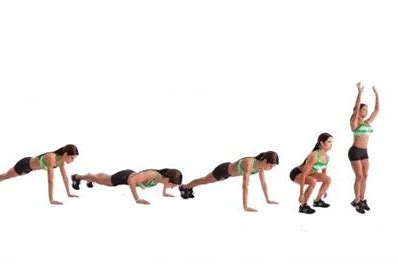Walking, running, swimming, cycling – and almost any team
sport – these are fabulous ways to exercise. They all boost your metabolism and
help you manage your physical and mental health.
But if you want to super-charge your health, and your
fitness goals, then adding some strength training can make a huge difference.
In short, weight training will help you feel better, move
better, and even look better.
Strength training and weight training refer to using some
kind of resistance to work your muscles. This could be free weights, weight
machines, resistance bands or even your own body weight.
It’s especially important as you get older.
According to Harvard Health, the average 30-year-old will
lose about a quarter of their muscle strength by age 70 and half by age 90.
Without strength training, your body will become weaker over the years, and
less able to do everyday things.
The proven benefits of doing weights are significant. They
include:
- stronger bones and muscles
- better sleep
- faster metabolism, so you can burn more kilojoules/calories at rest
- better blood sugar control
- improved cardiovascular fitness
- better cholesterol levels
- improved weight management
- reduced lower back pain
- relief for arthritis pain and motion range
- increased confidence
Weight training brings some other, more surprising benefits
too.

Research shows it may help reduce depression and anxiety. A Harvard analysis of 33 studies involving more than 1,800 people found that people with mild to moderate depression who did weight training at least twice a week saw significant reductions in their symptoms, compared with those who didn’t.
Strength training also helps prevent heart disease. A study in Medicine & Science in Sports & Exercise revealed that less than an hour of weekly resistance exercise reduces the risk of developing metabolic syndrome by up to 70 per cent. Metabolic syndrome is a cluster of conditions including high blood pressure, high cholesterol and elevated blood sugar, that raise your risk of heart disease.
Great! How do I start?
To begin with, you only need a 20-minute workout, at least two days a week. Avoid doing consecutive days, so your muscles have time to rest and rebuild.
The good news is that you don’t need to join a gym to get started. You can use your own body weight with exercises such as pushups, lunges and squats. Check out free videos on YouTube with a search terms such as “strength training at home no equipment”. If you can get to a gym, ask the instructors to show you how to use the equipment.
Remember, you won’t see results straight away, but you’ll probably feel the benefits. It takes around four to eight weeks to see any visible difference in your body, depending on how much exercise you did before and how often you train.
If you have an underlying health condition, check with your doctor before starting a new exercise program.
Cardio or weights?
Which is better?
If you’ve only got 45 minutes for a workout, should you spend that precious time on cardio or weights?
This debate has been raging among health professionals for years, with most agreeing the answer is “both” and “it depends”.
And certainly, if you want to build muscle, then weights and strength training is the best choice. Likewise, if you want to be able to run long distances, then cardio would help you reach your goals.
But what about the rest of us? Those who exercise to feel good and be healthier?
A combination of both is best. You can achieve this by either separating your workouts – for example, warming up on a treadmill at the gym and then moving over to the weights – or by combining body weight exercises such as burpees or jumping squats.
